Juan Velasco: “I am a fierce nomad on a journey that has brought me beyond the limits of my language”
Juan Velasco Moreno, born in Madrid. A professor for more than 20 years at Santa Clara University (California) where he teaches in the program of English, specifically in the subject of Latinx and Chicanx literature. He is a poet, fiction writer and traveler: “ I have traveled all my life, I am a fierce nomad on a journey that has taken me beyond the limits of my language.” He has a PhD in Hispanic Philology from Complutense University of Madrid, and a PhD in English from the University of California, Los Angeles (UCLA). In 2007 he funded the NGO ‘Programa Velasco’ organization for the education and support of women and children in El Salvador. On Wednesday, January 4th he gave a poetry reading at the Cultural Center of Manakisanti, Villoria De Órbigo (Spain), and was interviewed by Tomás Néstor Martínez.
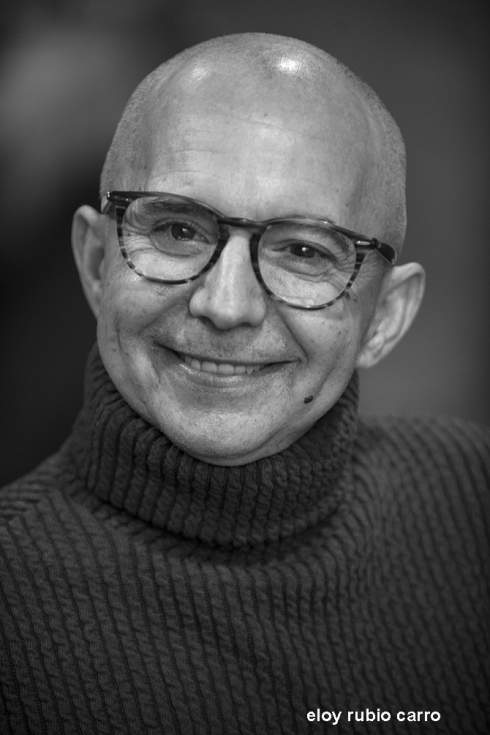
Tomás Néstor Martínez: Professor, poet, researcher, traveler, in the true sense of the word; in which of these activities do you find yourself most useful?
Juan Velasco Moreno:I believe that being a professor is very important these days, especially because it has become more difficult to distinguish the true spaces of knowledge; however, at the same time I would say that my experiences as a traveler are able to bring everything, knowledge and wisdom, together. Traveling is a way to acquire not only knowledge but also wisdom (experiential knowledge), and for me those two elements are important. Traditional knowledge is a type of vertical movement that goes from the brain to the heart, but traveling develops the kind of wisdom that goes from the heart to the brain; in a way, traveling and the invitation to travel (whether is to my students or to my colleagues, or to my friends), has been the most useful thing I have been able to do: inspiring people with the love of traveling, and languages, and finding companionship with others.
You have published the novel ‘Enamorado: The Story of Prince Bodhidharma’ (2000), and recently finished ‘Paradise Lost’ (2023). Your collection of poems ‘Call Me When I Am Gone’ (2008) was a DVD in collaboration with photographer David Pace, and based on the civil war in El Salvador, and also you published ‘The Massacre of the Dreamers’ (2011). You are also the Co-editor of the anthology ‘In Xochitl In Cuicatl (1920-2020:One Hundred Years of Latinx Poetry)’. Your poems are featured in anthologies and literary magazines. In 2020, you published ‘1988 NY-LA (Chronicles of a trip to America)’. Other important academic works figure among your publications such as: ‘The mobile borders: tradition, modernity and the search for Mexican identity in contemporary Chicana literature’ (2004) and ‘Collective identity and cultural resistance contemporary chicana/o autobiography’ (2016). Creative writing, investigation, and personal life; do these things work together in the same direction, always looking towards those who live in the margins?
I believe that life is an encounter with the other, that we have come here to love, to understand, to grow, to travel. That is the feeling of being in the journey, in constant encounter with others. This growth needs to be expressed not only in academic language, but also through poetry, literary creation, and, of course, through my experiences as much in Asia as in America, or in North Africa, and in all the connections I have, of course, with Spain. For me, all that work begins with the encounter with others, with opening yourself up to others and doing it so the heart is capable of understanding the reason why we have all these experiences. Without a doubt, the essence of everything is love, generosity, and… understand this! That the opposite of love, I believe, is not hate but ‘fear.’ I am very interested in, and written a lot, about fear, about violence, about those moments when communication has been cut off, when the opening oneself up to others turns into a border and everything shuts down.
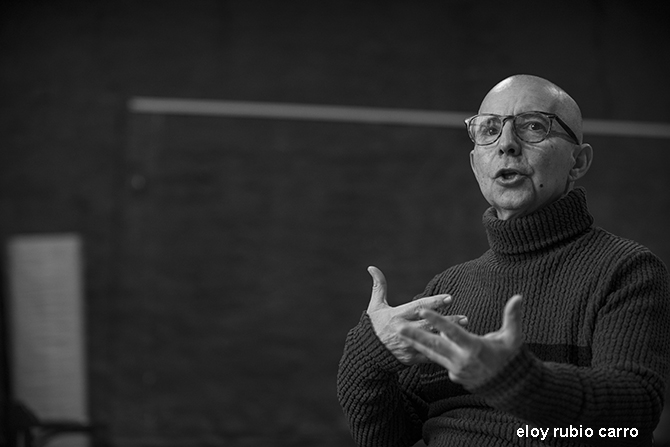
Being a traveler or a pilgrim in life, Leon Felipe said, serves as an apprenticeship, and it is perhaps essential for writing?
I believe that there are two forms of being a traveler: the ‘inner’ journey (that can be as deep as the external journey), and of course the ‘outer’ journey that forces you to leave your-‘self’, exit the familiar to meet others. Every writer and every creator must live in that metaphor of the journey. Both the inner journey and the outer journey have to be combined, balanced, and from there, you have to be able to create your own chemistry, your own balanced formula for ‘seeing’ life. I would add that the journey is the reason why we are here; we are here for that purpose–to grow, to change, to meet others and to break through the walls, the borders. The opposite of the journey is the wall, the border… Being able to cross borders is what most attracted me to Chicana literature, where there is a lot of talk about crossing borders, transcending borders, and that your identity is a continuous journey of crossing borders… But both the journey and the border should be thought of in both the dimension of the inner journey and the outer journey. My novel 'Enamorado', is based on the story of Bodhidharma, who is thought to be the monk who created the Zen tradition–it is about a journey and border crossing, from India to China… But the book, in reality, is both a metaphor about the inner journey and also about a real journey that changed the history of the East.
To me, that sounds a lot like Sufism.
Without a doubt it is one of those great traditions that we have to respect and involve ourselves in, because, as the Dalai Lama said, the West has given us the opportunity to travel abroad, to travel to the moon, but the East has given us the opportunity to travel within, and meet our true self. Our journey in this life, I think, has those two dimensions.
Poems of crude and expressionist beauty, dazzling images, sometimes of contained emotion and sometimes of overflowing emotion, where the desert, the Wild West, Tatanka Iyotanka (Sitting Bull), William Frederick (Buffalo Bill 'Cody') and a reverie of characters are intertwined–that is 'The massacre of the Dreamers'. How did this collection of poems with such an unsettling title come about?
It began with a micro-story by Kafka, a small story in which he said that he dreamed of being a Sioux in America, riding a horse and being completely free. I imagined Kafka in the depressing Europe in which he lived, and in those years when one of the great massacres against the Jews was about to take place in Europe. I saw poor Kafka trying to get out of that oppressive situation in which he lived with his father… From there, I began to imagine what would happen if two children dreamed themselves into the American West. I was shocked at what had started as a children's tale turned into a tale of violence… Innocence against violence. I wanted to face that dimension that exists in America as a continent of violence, of massacre, of genocide. That is the underlying message of the films we consume, of the literature and the products we consume–and it's there all the time. That violence that is seen daily on television, in the newspapers, in the massacres we consumed–it is always there. I was very interested in exploring that. I consider our journey in life, our way towards love, the opposite of that other message, which is fear, and the way towards violence. In my books I try to explore that duality.
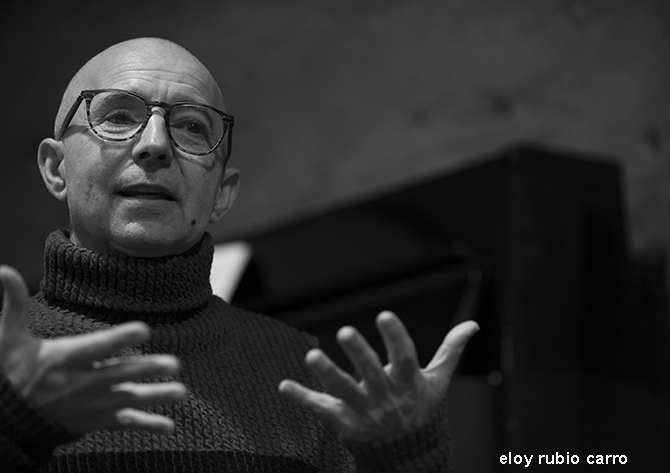
Aren't these two children just one human being with two souls?
Yes, those children have that peculiar dimension. Even the names have symbolic weight. The girl is called Esperanza (hope) and the boy Custodio, a name that I have always loved, means the ‘caretaker’ and custodian. In this story the poems are like musical variations, many themes are repeated throughout the book. I tried to explore how those children would face violence and fear; how they would face the nightmare that their dream has become, and how they would try to recover their humanity and free themselves through creation.
That desert that appears in the collection of poems, and the West, are they symbols of territories and procedures for those who, forced by necessity, loss, and the elements, are trapped before the walls and the 'borders,' waiting for hope?
Fantastic question, because the deserts are like the cemeteries for the emigrants trying to make it into America. Many people, some of the NGOs that try to rescue these emigrants who are lost in the desert, leave bottles of water in the desert for those who are lost; there are many children, entire families that die, especially in the desert of Arizona. There is a lot of symbolism in the content of those poems; the desert is like a symbol of death for those immigrants who are trying to reach their dream, the American dream that turns into a nightmare, into a massacre. The book tries to reflect the violence that is there, and the immemorial violence of History.
Poetry, you have written on occasion, is "the only antidote to massacres" and also you said "it has taught me to die better". Have you maintained that faith in poetry?
I believe that ‘the word’ is what can save us; it is precisely the essence of the 'logos'; the Bible already established that the 'Logos' became Word. I think that it was already there, at the beginning; it is the mystery of what all us poets, all creators, painters, artists do. The essence of poetry is the essence of creation; and the word, that desire, is the impetus to capture the wonderful and mysterious dimensions of our existence. Poetry helps us, it shows the mystery to us in the way that painters put it on the canvas, and in their painting they can create and can capture the different aspects of who we are. For me, it is the only way to live and the only way to die–creating or being able to facilitate ‘creation’ in the broadest sense of the word.
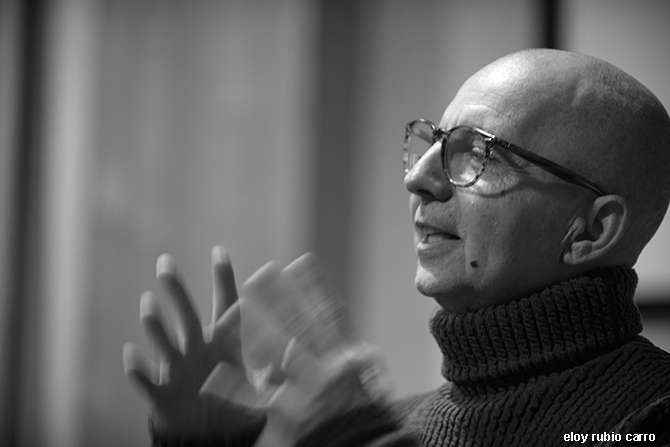
You know Chicana life and culture; Do Chicanos currently have a presence in the American reality? Will they resist or will they be assimilated?
Despite the most pessimistic theories about what the reality for Latino people is (Chicanos also call themselves Latinos), despite the fact that there are quite pessimistic theories about the ‘Spanish language’ and the significance of Hispanic culture in America, I think they will never be fully assimilated; in fact, from a demographic point of view, by the year 2050, the sum of Asian Americans and Latinos will be the majority in the US. It is a reality that has gone past the point of return, it is irreversible; therefore, I believe that they are not going to be assimilated; in fact, minorities are going to become the majority. What I teach my students and my colleagues in my lectures is that we have to start thinking (and I include myself since I have spent more than 30 years there) that we have to consider our culture not as a minority, but as future 'leader' in the future of the most powerful country in the world. This is how we have to begin to contemplate Chicano and Latino cultures: ‘leaders’ that is the future of the Spanish language and the future of Latinos in the United States.
In Western literature, does the memory of Sitting Bull and Buffalo Bill Cody still remain?
My sister (who is an artist) did the illustrations for The Massacre of the Dreamers, and has also created performance art based on those poems—In a cultural center like this one we are right now, she developed scenes from the American West; and in there, Buffalo Bill and Sitting Bull played very important roles. It was almost cinema; in fact, she also made a short film based on the Massacre. There is a possibility that as we look at the politics of the United States we might still find Buffalo Bill; in my book of poems he is a perverse and violent person and anyway…you just have to think of the figure of Trump. Sitting Bull is that kind of inside resistance that exists in the Americas, the resistance of indigenous cultures, of the traditional, of what this people represents, the roots, capable of preserving what should be preserved, so that savage capitalism does not destroy it all. I think that dichotomy between those two characters still exists and it is seen in American politics more than ever. What happens is that few people acknowledge Native Americans and have been forgotten... I investigated the roots of deep America, and in those roots I found these two figures that for me symbolize that terrible dilemma that exists in America.
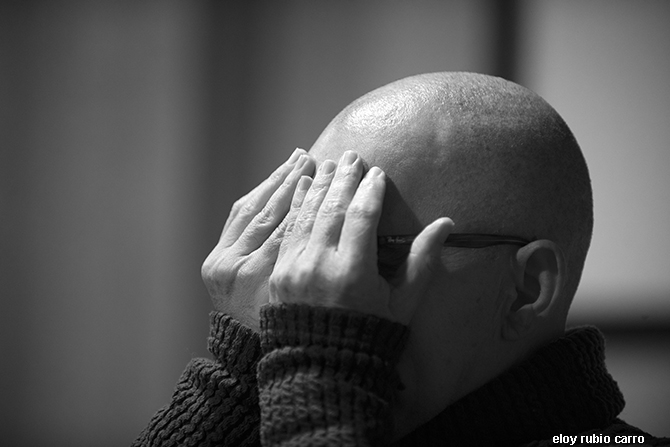
Sitting Bull had a spiritual dimension, not just a political one…
I don't know if you read about the Ghost Dance and the way he died: at the hands of his own police. The Dance of the Spirits is like a form of resistance; look at what I was telling you about poetry, art, dance, painting, sculpture, how suddenly that Dance of the Spirits, which for the indigenous was like recovering their identity, recovering the ancestral element, their powers, was converted into something subversive; that was what finally produced the massacre. It's a historic massacre, the Wounded Knee massacre.
And as a true lover of jazz, you undoubtedly know the voice of Billie Holiday/Lady Day
And how do you know that I'm a jazz lover?
Is it true or not?
It's true.
And from this voice precisely.
I love Billie Holiday. She is my favorite; in fact, I'm writing a movie script, now in English, using Billie Holiday, her music and her life, a very hard life, as the basis for that script. I'm surprised that you know those secrets of mine… I love Billie Holiday. Every time I listen to her, I realize that the lyrics of her songs are poems. She composed her own songs and the lyrics were based on her own experiences; listening to them makes me cry and makes me laugh. I find her an absolutely amazing artist. And jazz, it seems to me, is the greatest contribution of American culture to the Western world. The African American community gave us a great gift with that musical form.
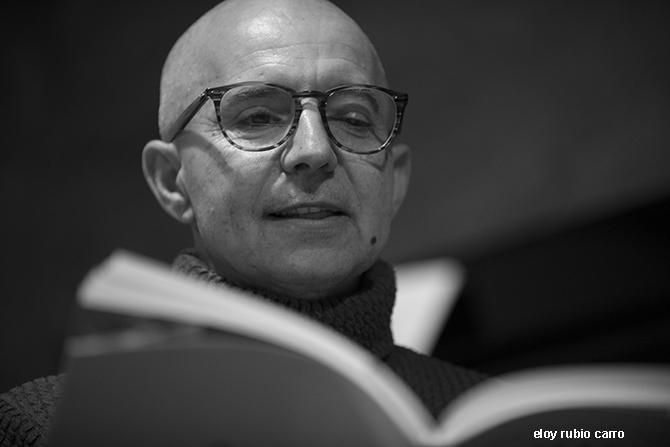
You have founded the NGO 'Programa Velasco'. What does it do? What is the project?
The project started as something as simple as giving scholarships to children in El Salvador. I was thinking and doing some research about how I could help lift a community out of poverty. I started to investigate. Most of the research concluded that if you invest in the first seven years of a child's life, it becomes very easy for children to do well from there on. From that age, if you have had a complicated life, it is very difficult to recover from it. I started with a scholarship program, so these children could go to one of the best schools in San Salvador; these were children from a very, very poor neighborhood called San Ramón. From there, we realized that in order to protect the child we had to protect the family. We immediately realized that most families were made up of women (and their children or grandchildren); the fathers had either died at the hands of the gangs or had emigrated. A second dimension emerged: protecting the family–and that's where we began to develop the Women's Empowerment Program. What we really want is a holistic approach to empowerment–it is achieved through education as well as economic empowerment. That’s what we have been doing for the last 16 years.
Originally published by Astorga Redacción (Spain), March 6, 2023.